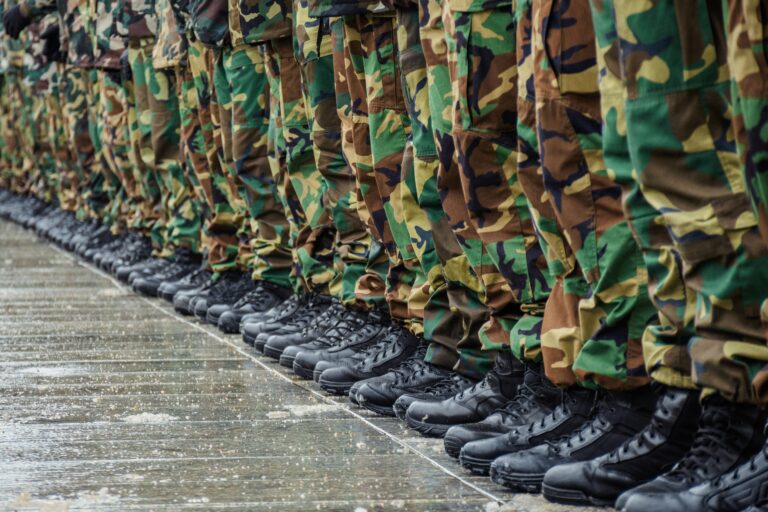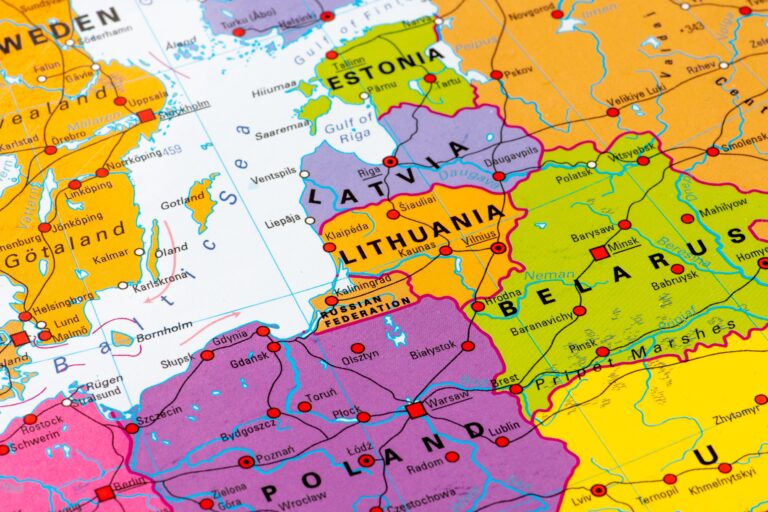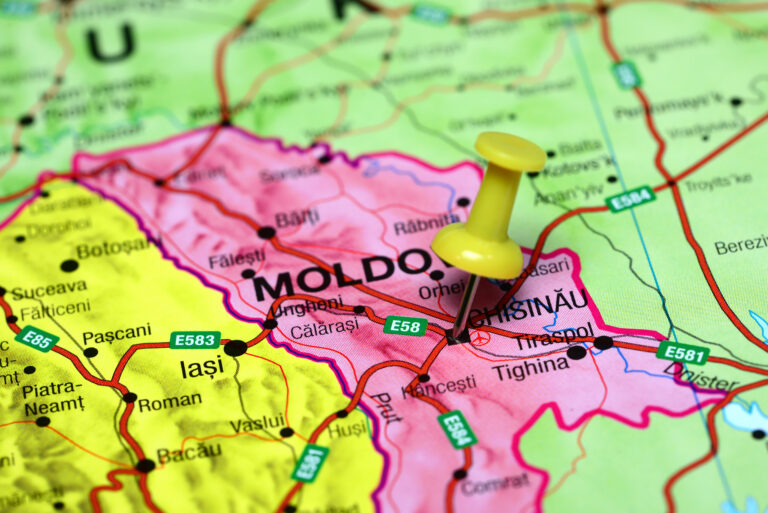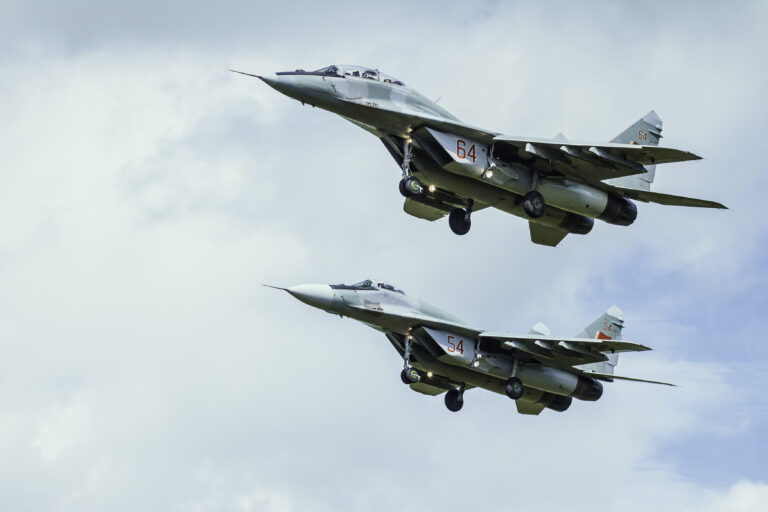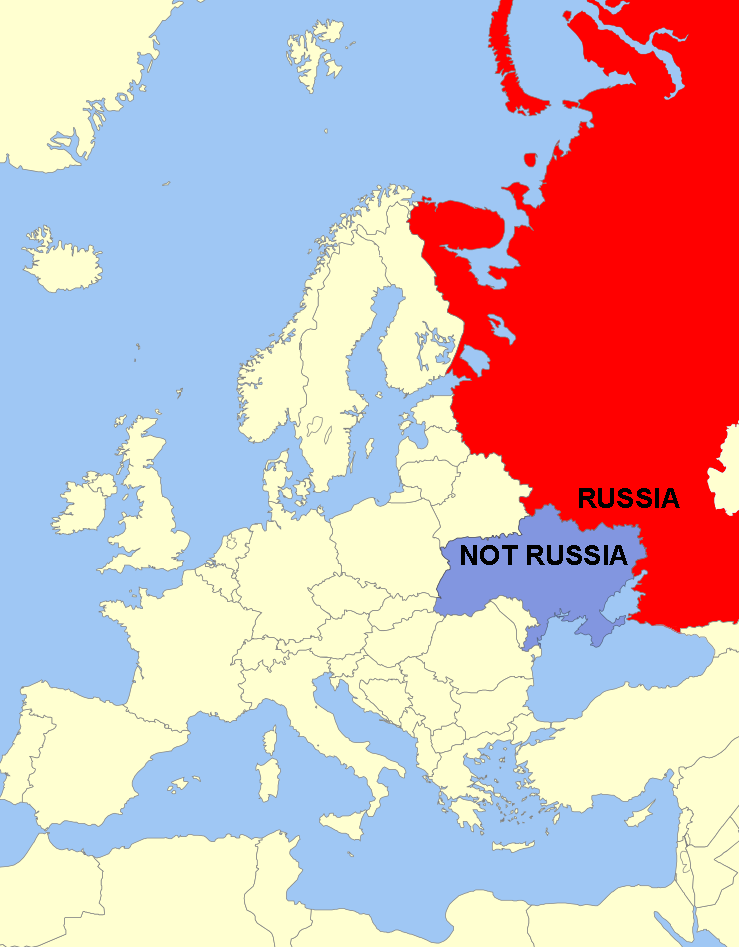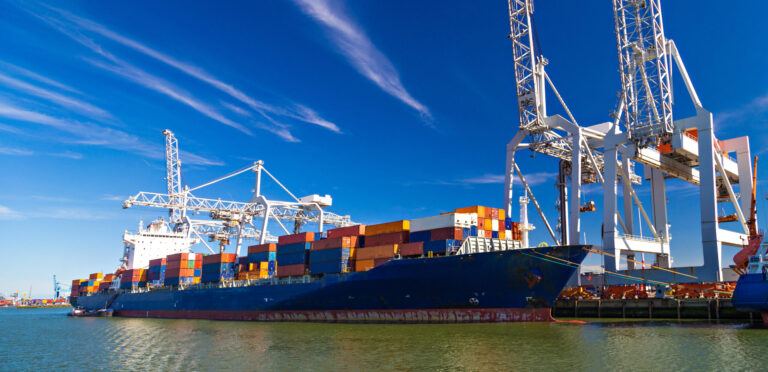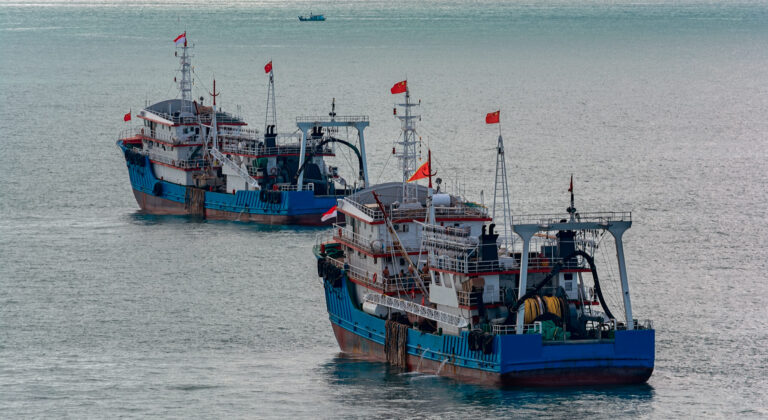The report illustrates how public international law, and specifically the international law of the sea, can be harnessed as a tool for detrimental security measures at sea. By juxtaposing the rights contained in the international maritime law, the malicious hybrid actor has the opportunity to create a confusing and challenging situation, in which the target may have the utmost difficulty, and the larger international community as well, in forming an accurate situational awareness and making the necessary decisions on proper counter responses in a timely fashion. During the past few years, the world has already witnessed several such activities, highlighting how preparedness at all levels needs to be improved to meet, counter and recover from such situations.
At worst, malicious security measures at sea may lead to significant damage. A minor but deadly military measure, provoked or not, may trigger International Armed Conflict to enter into force, which would allow one state to apply such measures as confiscations, controls and even blockades. In a hybrid conflict, these kinds of measures would enable one state to put a stranglehold on the shipping to and from another state.
When a hybrid conflict emerges at sea, it is recommended that mitigation and proactive multinational measures be launched at the earliest possible convenience. This may prevent controversial situations from escalating into serious conflict, or worse. There should be low tolerance for infringements and a low threshold for initiating consultations with EU/NATO/United Nations. A unified, multinational response and/or presence at an early stage is likely to lower the risk of facing more serious impacts. Here, attribution (technical and political) plays a key role in defining countermeasures and as a tool of deterrence.
The search for solutions at a multilateral level and common ways to better identify vulnerabilities in the maritime domain should continue in order to make such vulnerabilities fewer and weaker and to increase the overall resilience of the operational environment. For its part, this Handbook is intended to contribute to this work.



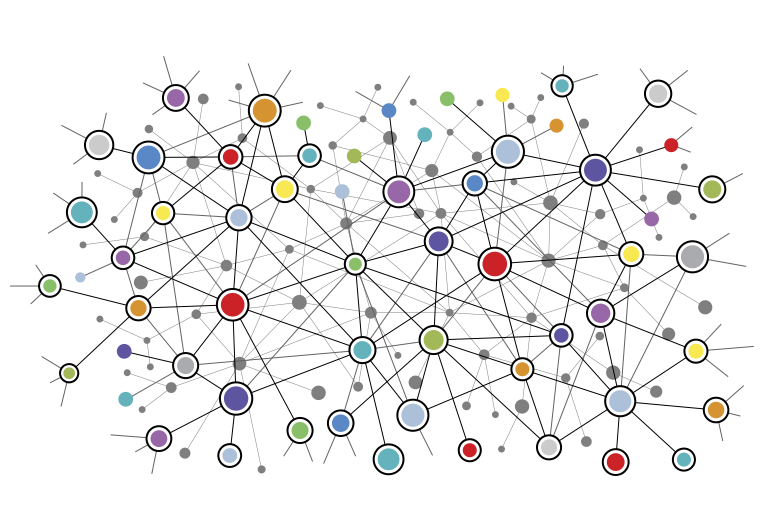

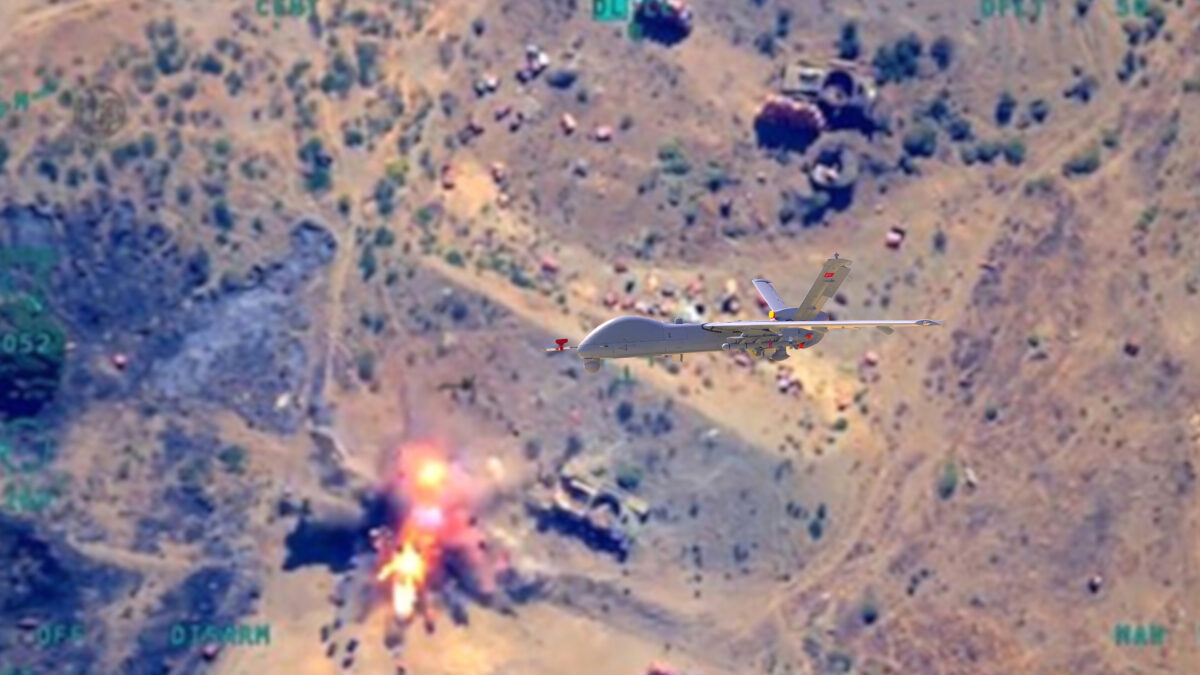






 Hybrid CoE Working Paper
Hybrid CoE Working Paper 
